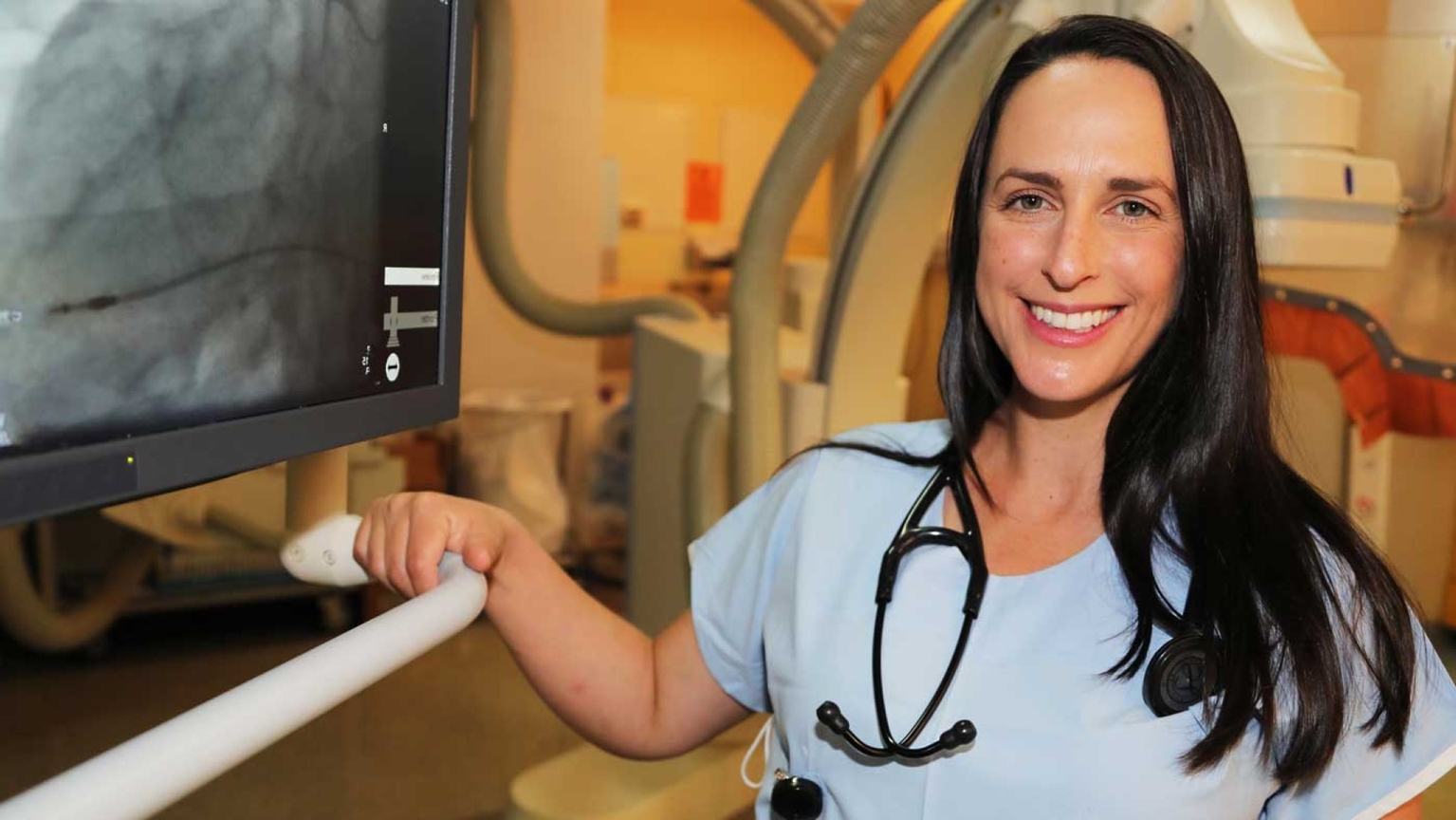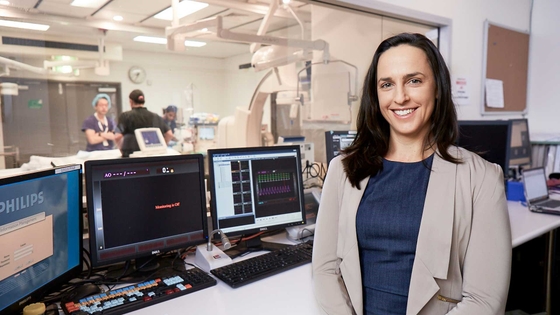
Associate Professor Sarah Zaman
Atherosclerotic heart disease in women
Associate Professor Sarah Zaman, University of Sydney
2019 Future Leader Fellowship
Years funded: 2020-2024
Every year around 20,000 Australians die from atherosclerotic heart disease, or fatty plaque build-up in the heart arteries. What surprises most, is that more than half of these are women. Atherosclerotic heart disease kills three times the number of women than breast cancer however, women are largely unaware of this risk. Yet the problem lies with more than our female patients, it extends to the medical profession. Women are less likely to be diagnosed with heart disease, to receive an invasive test to look for heart artery blockages or be prescribed all the right medications following a heart attack.
Our healthcare system spends more than double the amount on men with heart disease, than it does on women. It is not surprising then, that women are more likely to die or experience a complication following a heart attack, compared to men. On top of this, women can have ‘non-traditional’ risk factors for heart disease. Pregnancy complications such as diabetes, high blood pressure and protein in the urine confer a dramatic 60-75% increased chance of heart disease later in life. These complications occur in an immense 30% of pregnant women.
Yet most women, and their healthcare providers, are unaware that this puts them at high risk for future heart attacks. This Australian-first innovative Women’s Heart Disease Research Program targets prevention and treatment of atherosclerotic heart disease in women. The aim is to stop heart disease before it occurs in younger women, to determine female-specific treatments that help our patients with established heart disease and to develop a healthcare model of care for our female patients. Ultimately, the mission is to prevent Australian women dying from a preventable and treatable disease.
You might also be interested in...

Q&A with Associate Professor Sarah Zaman
Professor Zaman's research focuses on women and heart disease, preventing sudden cardiac death in people who have survived a heart attack, and preventing heart disease and its complications.

Prevention of heart disease in women with non-traditional risk factors and high calcium scores
Prevention of heart disease in women with non-traditional risk factors and high calcium scores

Dr Ashish Misra
Nanomedicine to treat advanced atherosclerotic plaques
Last updated13 February 2024